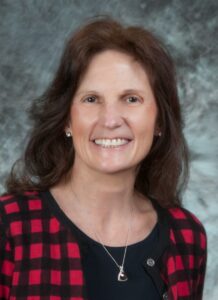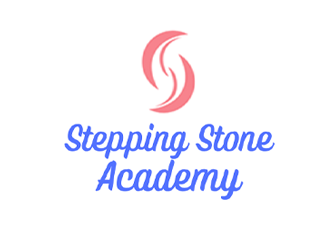An introduction to nursing research fundamentals, teaching the PICOT framework, research methodologies, and how to develop and apply evidence-based practice to improve patient outcomes.
Course Description
Welcome to a new and exciting introduction and transition into Nursing Research and Evidence Based Practice (EBP). Nursing Research is not a novel topic, rather a somewhat unfamiliar yet very rewarding process of the ongoing delivery of best practice.
Nursing research is a beneficial and valuable way to serve our bedside and field nurses as a well as our patients. You will bring with you all of your learned knowledge, critical thinking and nursing skills most importantly, your curiosity.
It doesn’t get any better than your ability to change nursing practice into best practice through Nursing Research and EBP
Learning Objectives for Nursing Research and EBP
1. Define the meaning of each letter of the mnemonic PICOT.
2. Differentiate the difference between the term ‘Research’ and ‘Evidence Based Practice’.
3. Define Qualitative Research
4. Define Quantitative Research
5. Understand and develop an example of a nursing research question.
6. Apply your research question to simulate a fictional PICOT process.
By the end of this program, you will have obtained an understanding of what it takes to transition from nursing into the fascinating role of a research nurse. You will understand how to prepare yourself in the early phases in beginning a research study. You can collaborate with a group of other healthcare experts or can also choose your own research question and begin the process using a well- structured PICOT question. If this is a new opportunity, you may join a research study and participate to gain some experience. Learning to navigate the ‘search’ of the literature to gain insight and support your study will assist you as you create and form your research throughout your research study. The most exciting result of EBP is that your results can improve patient safety, outcomes and satisfaction, while applying your results to practice.
About the Instructor

Diane Glowacki MSN, RN, CMC, CNRN had always asked the question ‘WHY’, even as a child. Diane enjoyed and learned many exciting bedside skills along with critical thinking skills after graduating with a BSN. These included 9 years of providing bedside patient care in ICU/CCU, Med Surg, ED, Pediatrics, and Cardiac Rehabilitation. This led Diane to asking “what’s next?” along her journey. She found that furthering her education in nursing was going to be her path, or transition into finding her passion in non- bedside nursing roles.
Diane’s professional career experiences as a Clinical Nurse Specialist comprised of several exciting transitional roles, all of which provided Diane with professional growth and autonomy and discovering how to still improve patient safety, outcomes and satisfaction. Some of the non-bedside challenges began with Diane becoming a Stroke Coordinator and opening a NYS Designator Stroke Center as well as co-chairing in the development of The Joint Commission Comprehensive Stroke Center Certification. Diane became more involved in chairing multiple Nursing Committees such as the Professional Practice Committee, Nursing Research Committee, Pain Management Committee and Peer Review Nursing Committee. She discovered the wonderful world of writing, teaching at national and local professional venues and disseminating new practices. Through these non-bedside career opportunities, Diane realized this was her niche and the best opportunity to change nursing practice. These experiences led to many years of mentoring and coaching new and seasoned nurses. She was a member of the AACN and AANN which have provided national opportunities to participate in advanced practice projects and task forces in providing excellent patient care.
Curriculum
- 2 Sections
- 2 Lessons
- 1 Hour
- Full Video Course1
- Course Completed1
